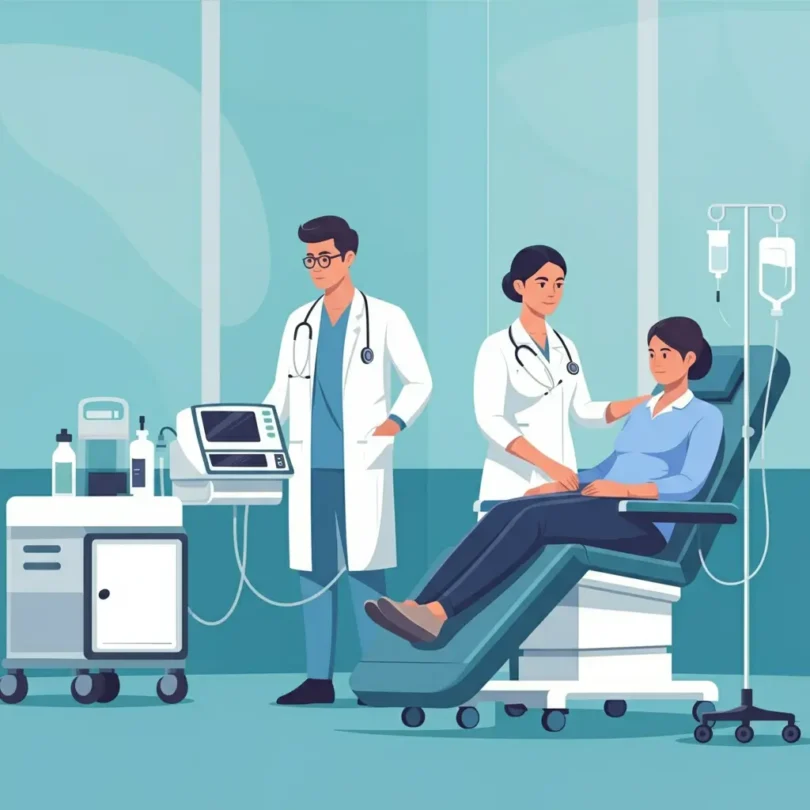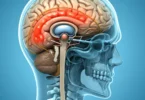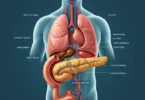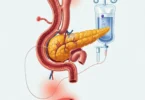Chemotherapy For Cancer
In addition to surgery and radiotherapy , chemotherapy is one of the central pillars of cancer therapy. It comprises the treatment of malignant tumors with chemical substances, so-called chemotherapeutics or cytotoxic drugs that interfere with the replication cycle of the cancer cells. The active ingredients of chemotherapy are administered in the form of infusions, injections or tablets.
Attacking the cell division
Today, chemotherapy is usually the treatment of malignant tumors with understood chemical substances which engage in the division cycle of the cancer cells. They are used as chemotherapeutic agents or cytotoxic drugs (Greek kytos = cell;. Statikos = halt bringing) .
The active ingredients are primarily aimed against the genetic material of those cells that are in the growth phase and have active division.
Healthy cells are also attacked by cytostatics because they also reproduce. However, their impact is particularly intense with very rapidly dividing cells. Since the division rate of many cancers cell is very high, in general they are more common in division phase than normal body cells and are therefore more susceptible to the effects of anticancer drugs.
Systemic effects
In contrast to surgery and irradiation, chemotherapy drugs allows the “systemic effect”, ie whole-body treatment. The administered as tablets, injections or infusion drugs distributed in the various organs and can be achieved and destroy potentially scattered tumor cells. An exception is the brain, certain cytostatics can only penetrate in the result of the so-called “blood-brain barrier”.
Systemic chemotherapy allows to deal with advanced stages of cancer (unlike the locally acting methods surgery and radiation), where already secondary tumors called metastases have formed. But even in the early stages of cancer, chemotherapy is used to support other methods: Many tumors make an early tiny secondary tumors, called micrometastases that are not yet visible in the available imaging methods. They may be “tracked” and destroyed with chemotherapy. Local chemotherapy is also possible, in which the cytostatic effect directly on the tumor tissue. One example is the so called trans chemoembolization (TACE). The active substances via the hepatic artery are routed to the liver and where they act on liver cancer or metastasis of other organs.
What medications are available?
In cancer therapy, there are more than 50 different cell division inflammatory drugs (cytostatics). The various classes of drugs attack the cancer cells in respectively different phases of the cell cycle. In the treatment as many tumor cells are in the different phases, therefore, several substances are often combined in order to achieve maximum success
Examples of cytotoxic groups are:
Alkylating
Alkylating are among the oldest representatives of cytostatics used against cancers. They combine with the genetic material (DNA) of the nucleus. Its strands are thereby closely linked with each other or break them apart. In this way, the transfer of genetic information during cell division is prevented. A representative of the alkylating agents is cyclophosphamide.
Antimetabolites
Antimetabolites resemble endogenous substances and are therefore involved in metabolic processes. The normal cell division will be interrupted. Representatives of antimetabolites are methotrexate, 5-fluorouracil, gemcitabine and capecitabine.
Anthracyclines
Anthracyclines are recovered from Streptomyces bacteria. They disturb the structure of DNA and RNA in the nucleus. As so-called “antitumor antibiotics”, similar to conventional antibiotics in bacteria, they break apart the genetic material in the cancer cells and it change the cell membrane. Thus, they act outside the cell division phase. This makes them particularly effective, but also have many side effects. Representatives of the anthracyclines are doxorubicin and epirubicin.
Taxanes
Taxanes prepared from yew bark and thus belonging to the vegetable and have cytostatic effect in the cells of the so-called microtubules. Representatives of this drug class are paclitaxel and docetaxel.
Vinca alkaloids
Vinca alkaloids, which also include as ingredients from periwinkle plant to the cytostatics, also referred to as spindle poisons. They also act on microtubules, inhibiting cell division processes. Representatives of the vinca alkaloids are vinblastine and vincristine.
How, when and Why Chemotherapy?
How and by what means, chemotherapy is carried out depends on several factors and must be determined individually for each patient.
Often a single agent is not only used, but a combination of several cytostatics with different modes of action are use.
Chemotherapy is used in intervals called cycles, carried out with treatment phases alternating with pauses phases. In one cycle, the cytostatics are administered to one or more days in succession. This is followed by a rest period of several days, weeks or months. In the interval, the body is given the opportunity to regenerate normal tissue damaged by chemotherapy as tumor tissue. On average four to six cycles are carried out. Thereby, those tumor cells are also detected, which were just in a resting phase during previous cycles and therefore could not be affected by the drugs.
Disadvantages of Chemotherapy?
The chemotherapy not only affect the cancer cells, but also all other cells that naturally divide rapidly, for example, cells of the mucosa, hair follicles or bone marrow. This results in disturbances in the digestive system such as mouth sores , nausea , vomiting, loss of appetite , diarrhea and abdominal pain, changes in blood chemistry with anemia (anemia), bleeding disorders and increased risk of infection (decrease in white blood cells), hair loss , persistent fatigue ( Fatigue ) disorders of the ability to concentrate and memory impairment, disorders of the menstrual cycle in women, damage to the gonads and disturbance of reproductive function in women and men, as well as an increase in the risk of other cancers.
Adverse reactions can occur within hours or days after the start of treatment, but only after months or even years. Which side effects it comes to what extent, depends on which cytostatic drugs are used and the dose and how long does the treatment. Also, the general health condition of the patient plays important role. Many side effects can be prevented or at least alleviated by appropriate accompanying measures. So there are now drugs that prevent nausea and vomiting, or support the regeneration of blood cells.
Currently, new cytotoxic drugs are developed and clinically tested, which are particularly selective effect: They fall mostly on tumor cells and leave healthy cells largely unaffected. An example are encapsulated cytostatics: The capsules can be “opened” only by enzymes that are characteristic of tumor cells. Only then cytotoxin, the cytostatic agent will free. Improvements are also expected from the so-called therapy optimization studies. To determine the way in which anticancer drugs should be combined to act efficiently with few side effects.
For more general information:







